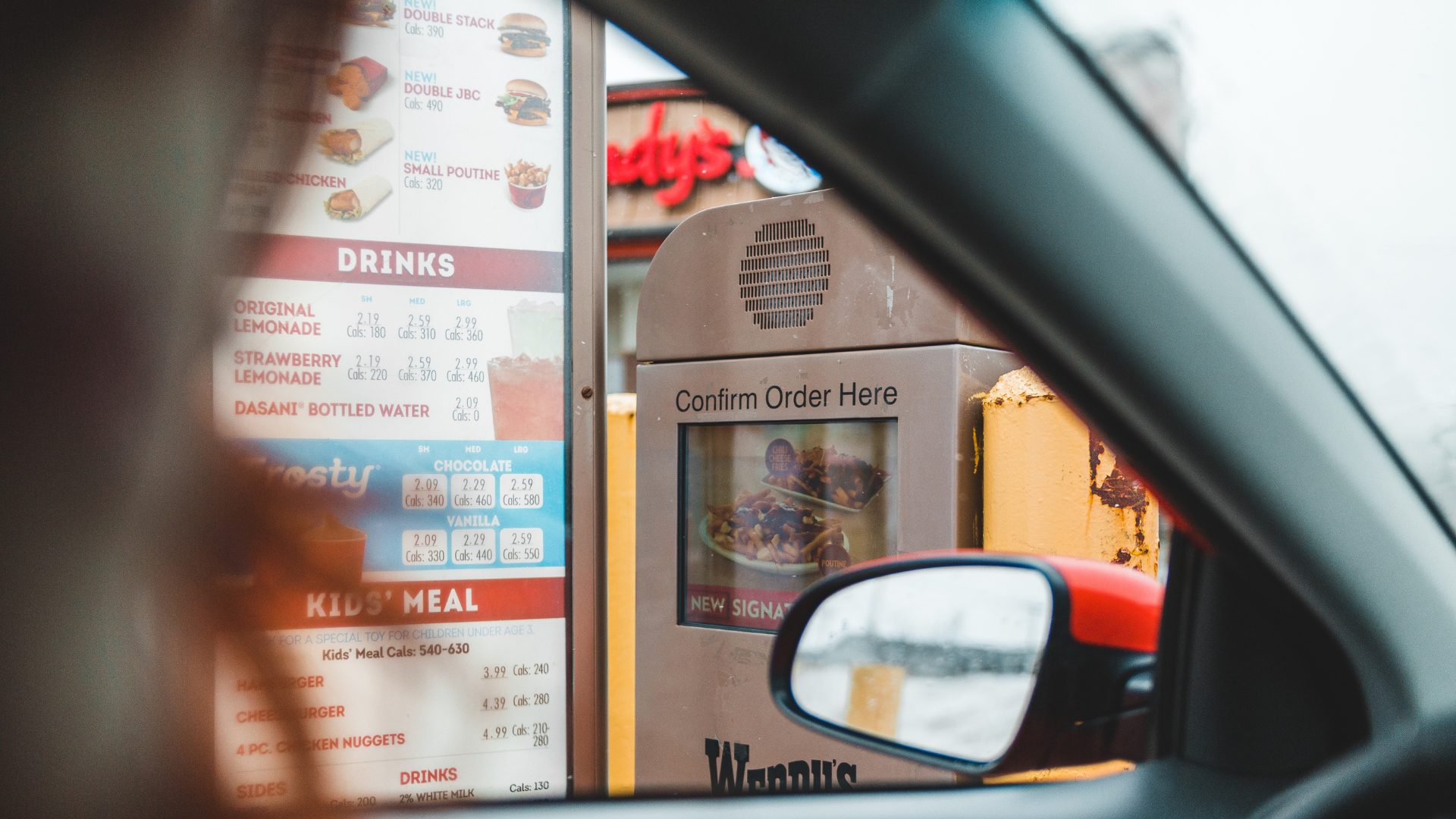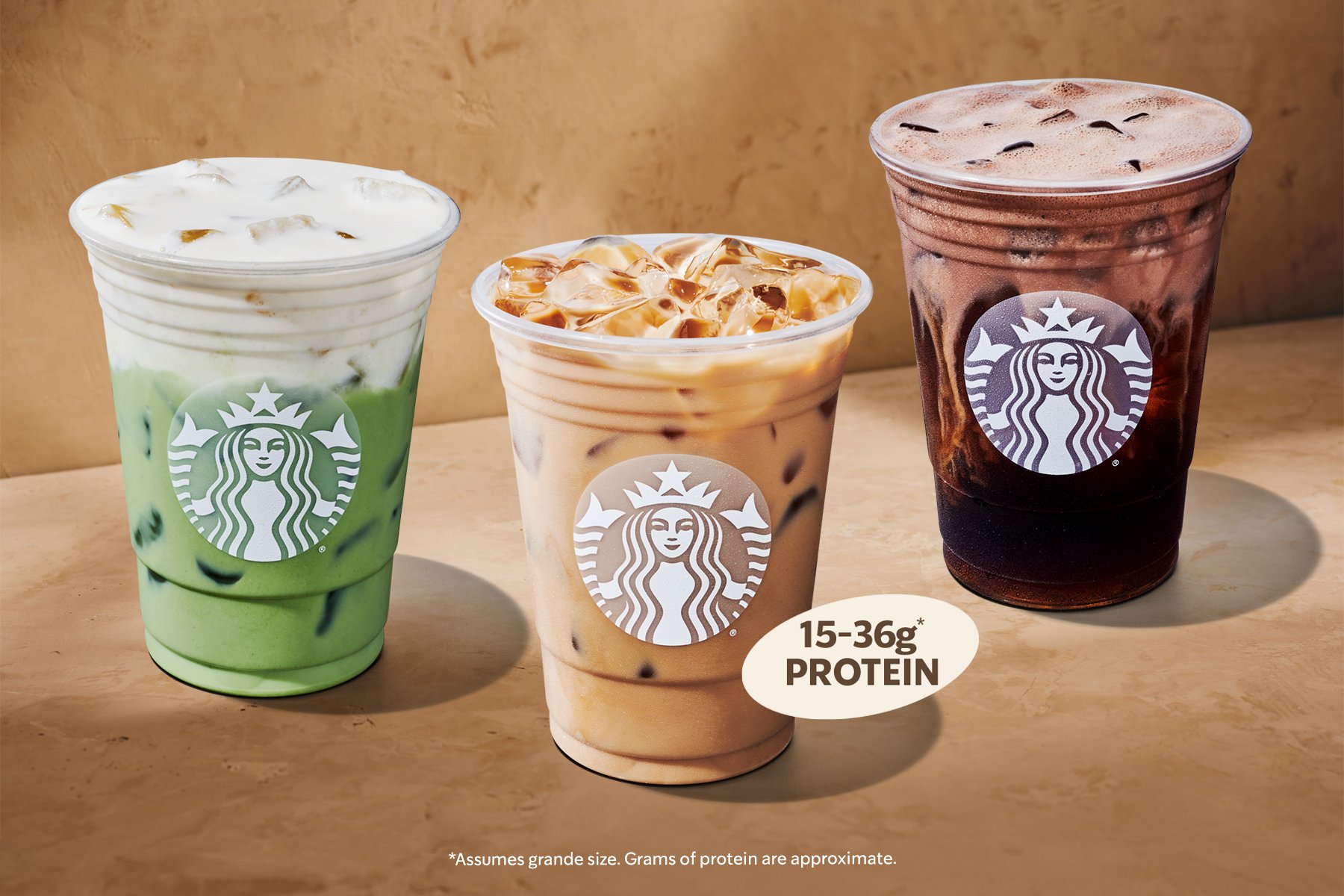Food and beverage companies are finding water and energy conservation practices are not only good for the planet, but good for the bottom line.
Intense drought is making finding fresh water more difficult while Russia’s invasion of Ukraine has played havoc with energy supplies and prices.
The problems have prompted companies like Starbucks and Pepsi to pledge to be “water positive” in the next decade, similar to pledges by other industries to achieve net-zero emissions, Planet Home noted.
“The increasing frequency of droughts and dropping water tables add to the concerns around water scarcity risks, particularly for food and beverage processors with water-intensive operations,” Carlos Fernandez, executive vice president of customer sustainability and market development at JBT Corp., told The Food Institute.
“In 2023, we will continue to see the adoption of efficient steaming technology, water reuse systems that reduce processors’ water, energy, and chemical usage, and more,” he added.
A 2016 study by the World Economic Forum predicted by 2050, 500 million people can expect to live in water-stressed areas.
Water Online noted (Dec. 2, 2021) U.S. food and beverage production accounts for some 33% of freshwater usage, but that could be reduced by recycling, reduction of inefficiencies, and by finding alternative production methods and going waterless. Implementation of reverse osmosis, installing membrane bioreactor systems and maximizing connectivity would keep water cleaner, the website said.
The supply company Grainger noted the food and beverage industries account for about 10% of industrial energy consumption and pointed out that government programs like the $57 million grant initiative launched by the California Energy Commission could help food processing companies reduce that percentage.
But even without government help, there are a number of things companies can do, including improving automation, refrigeration and temperature-controlled systems; using variable speed drives and motors, switching to alternative sources, and using more efficient lighting.
“Electricity and fuel represent significant costs to food and beverage manufacturers and contribute to their carbon footprint,” Fernandez said.
“Food processors are increasingly setting climate targets and looking for ways to reduce their emissions. Investing in efficient equipment and technologies is critical to achieving those goals.”












